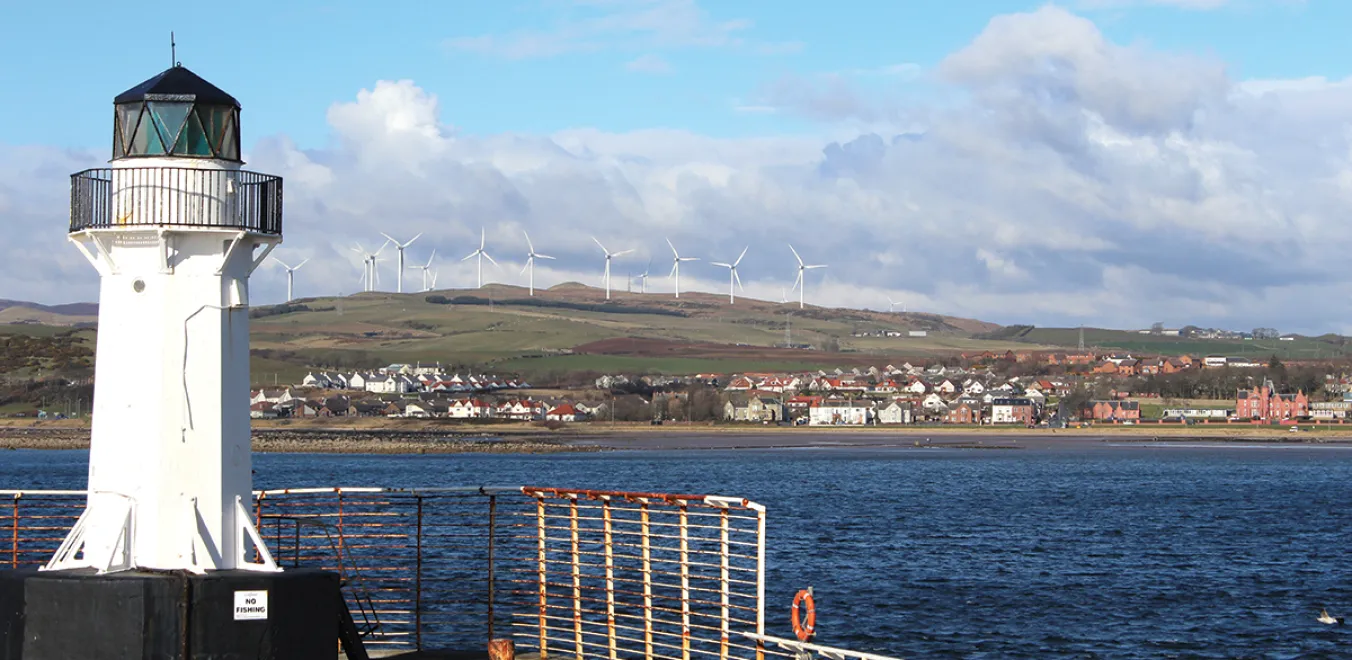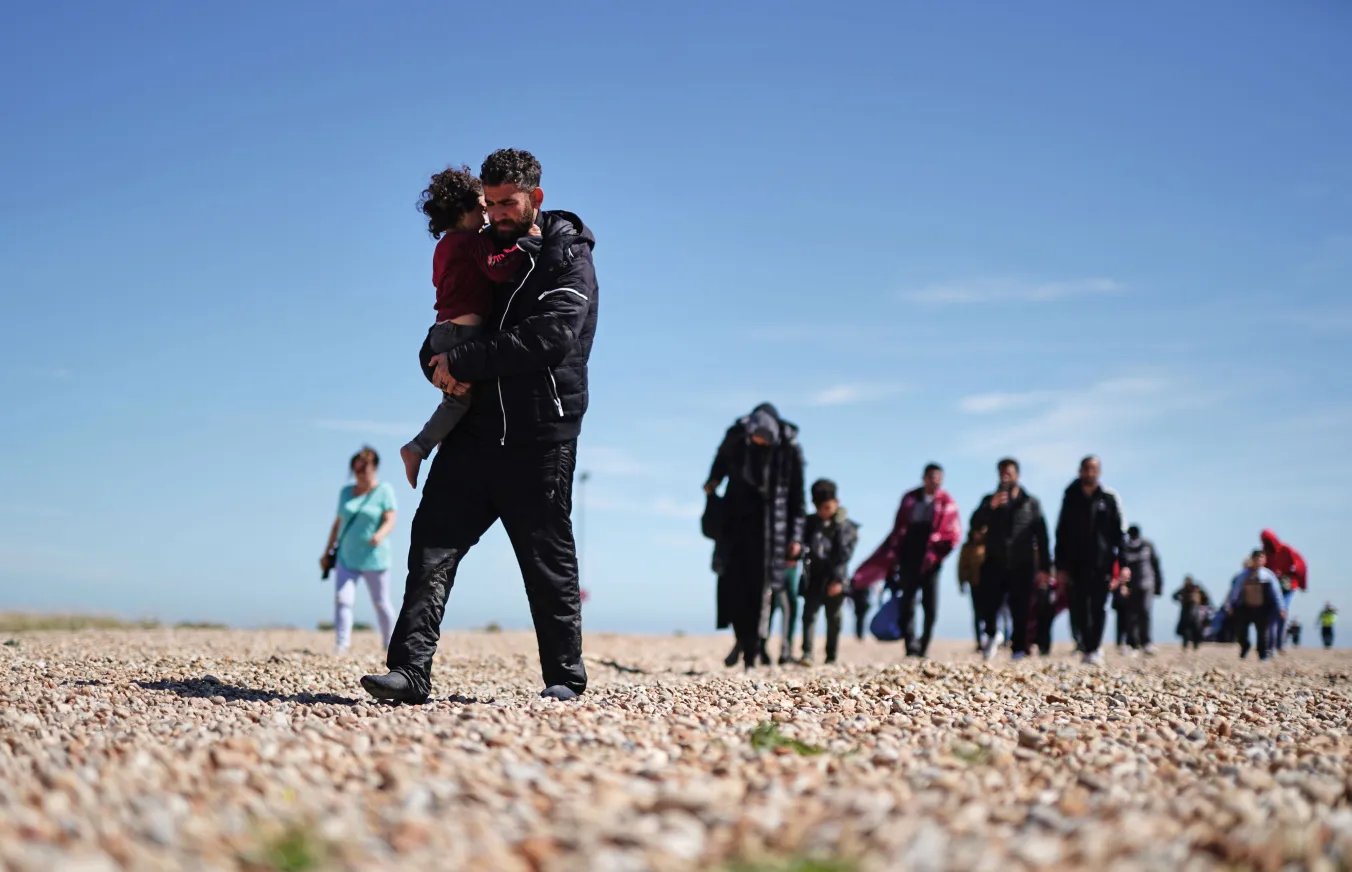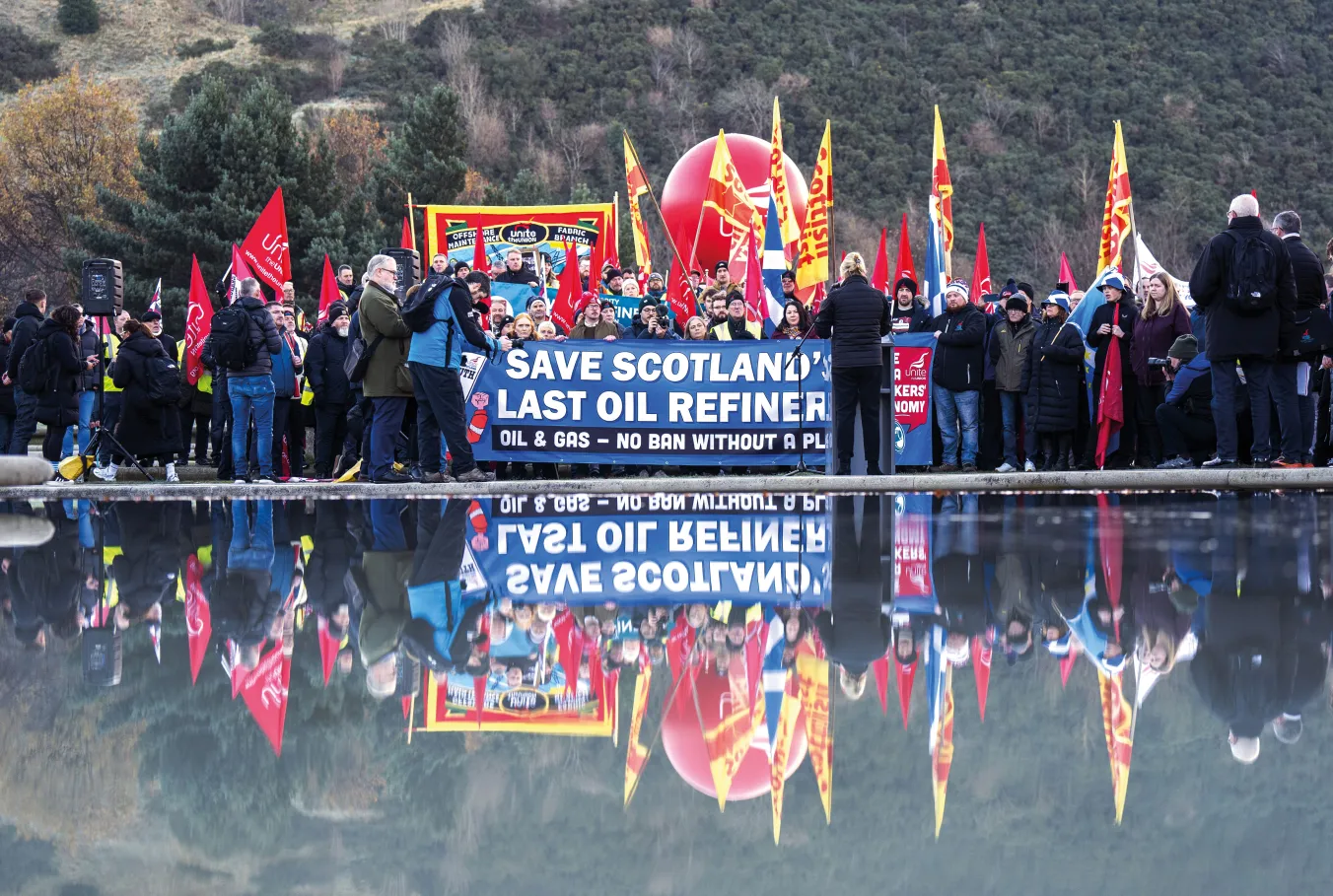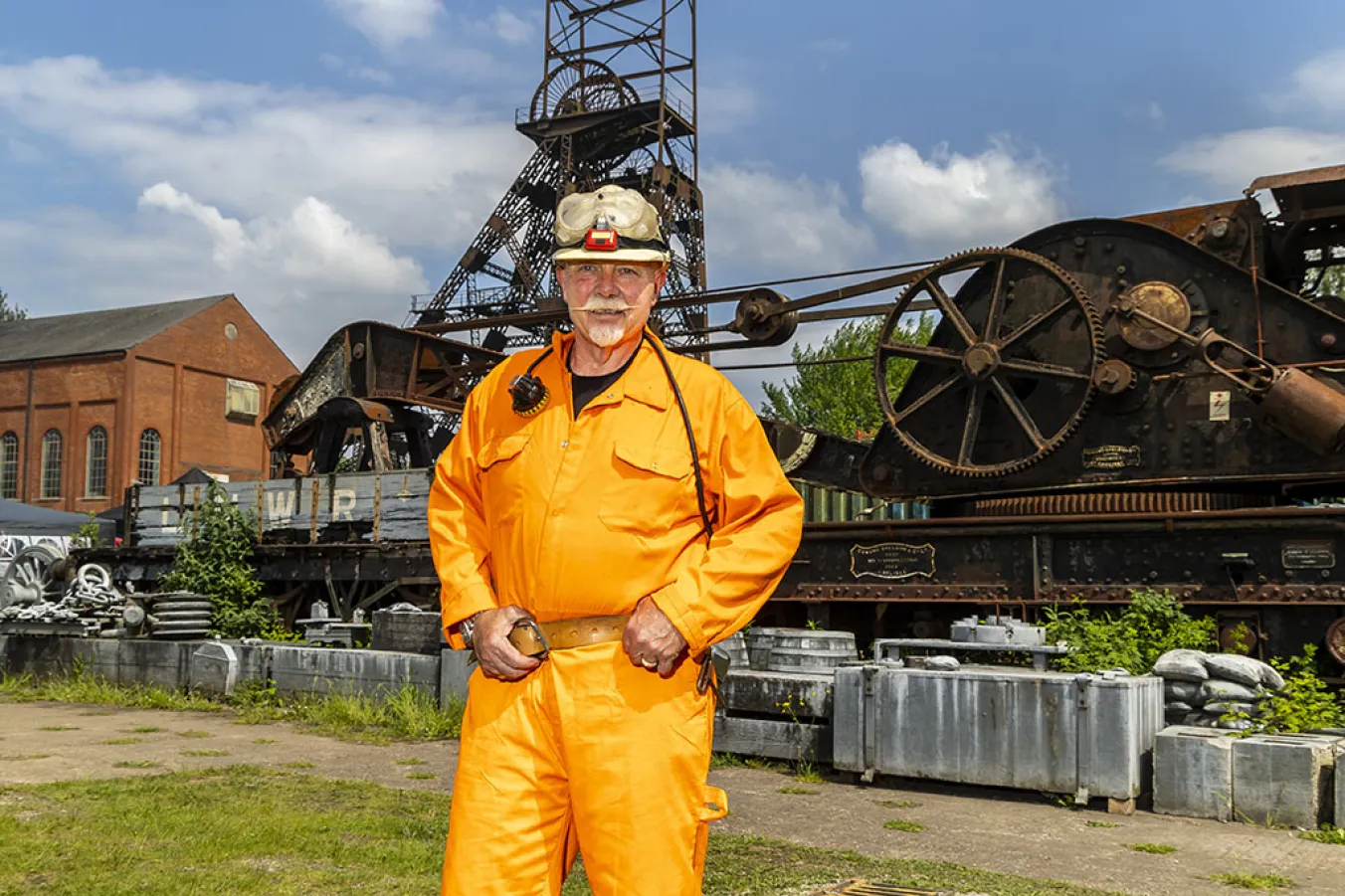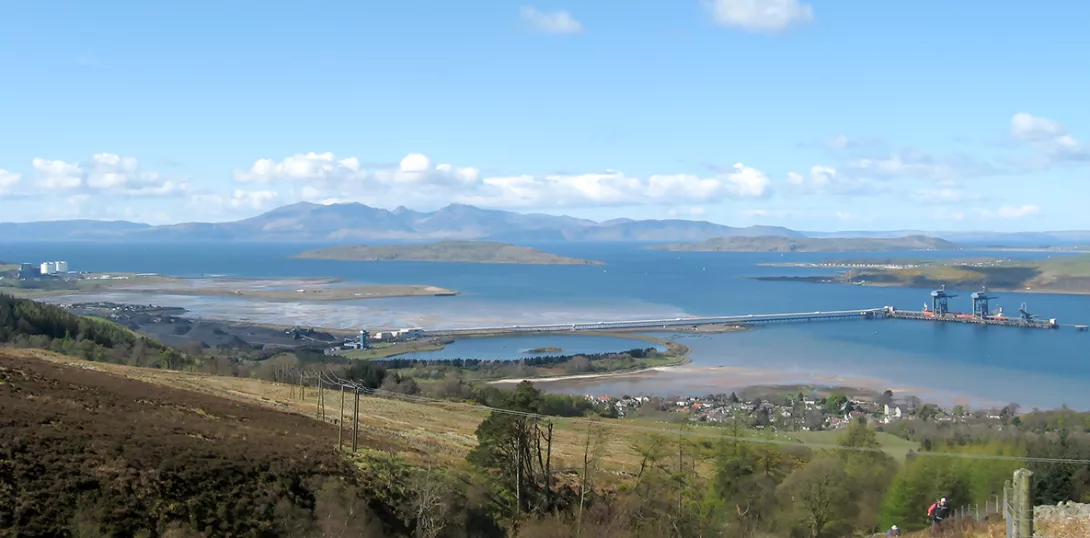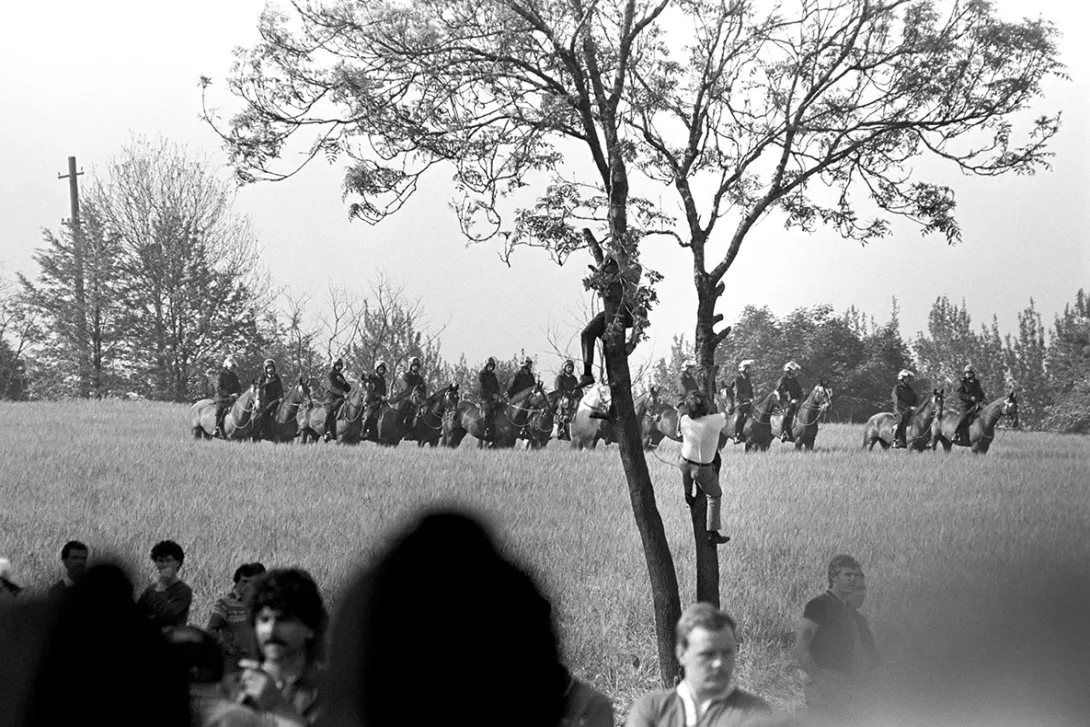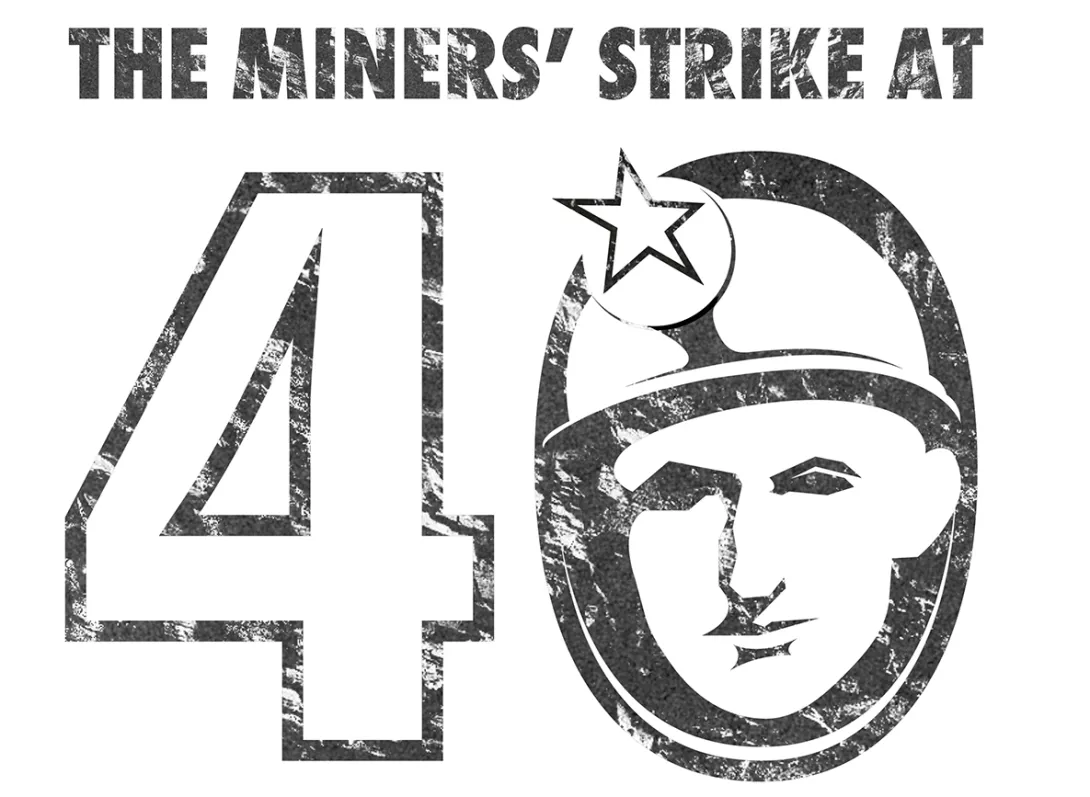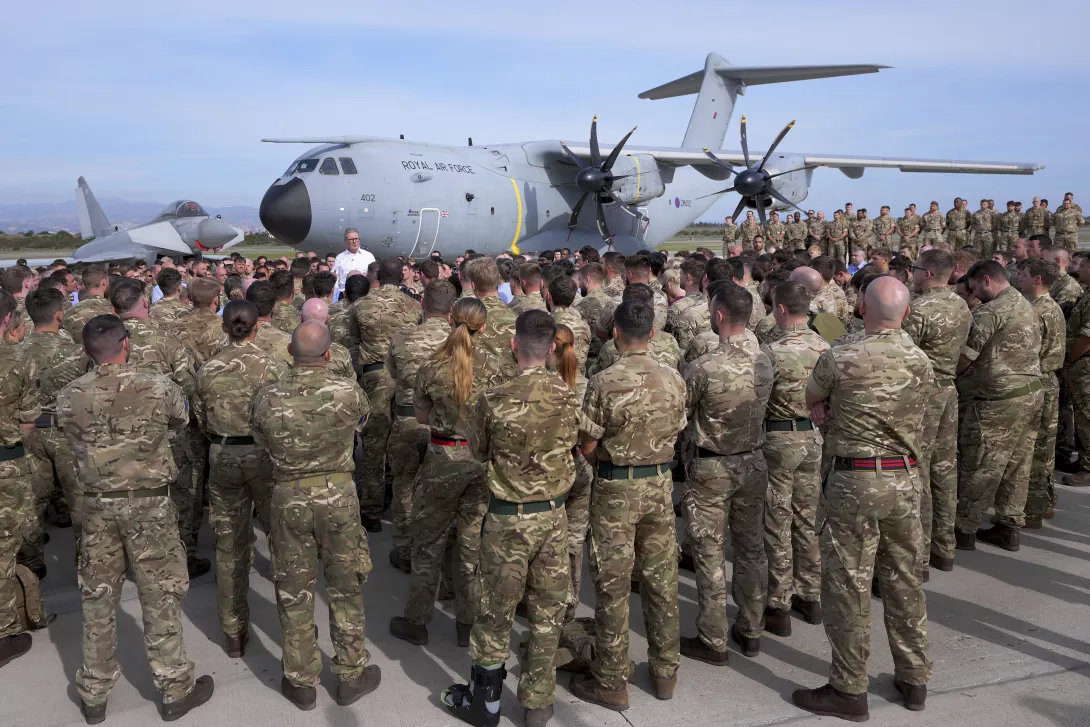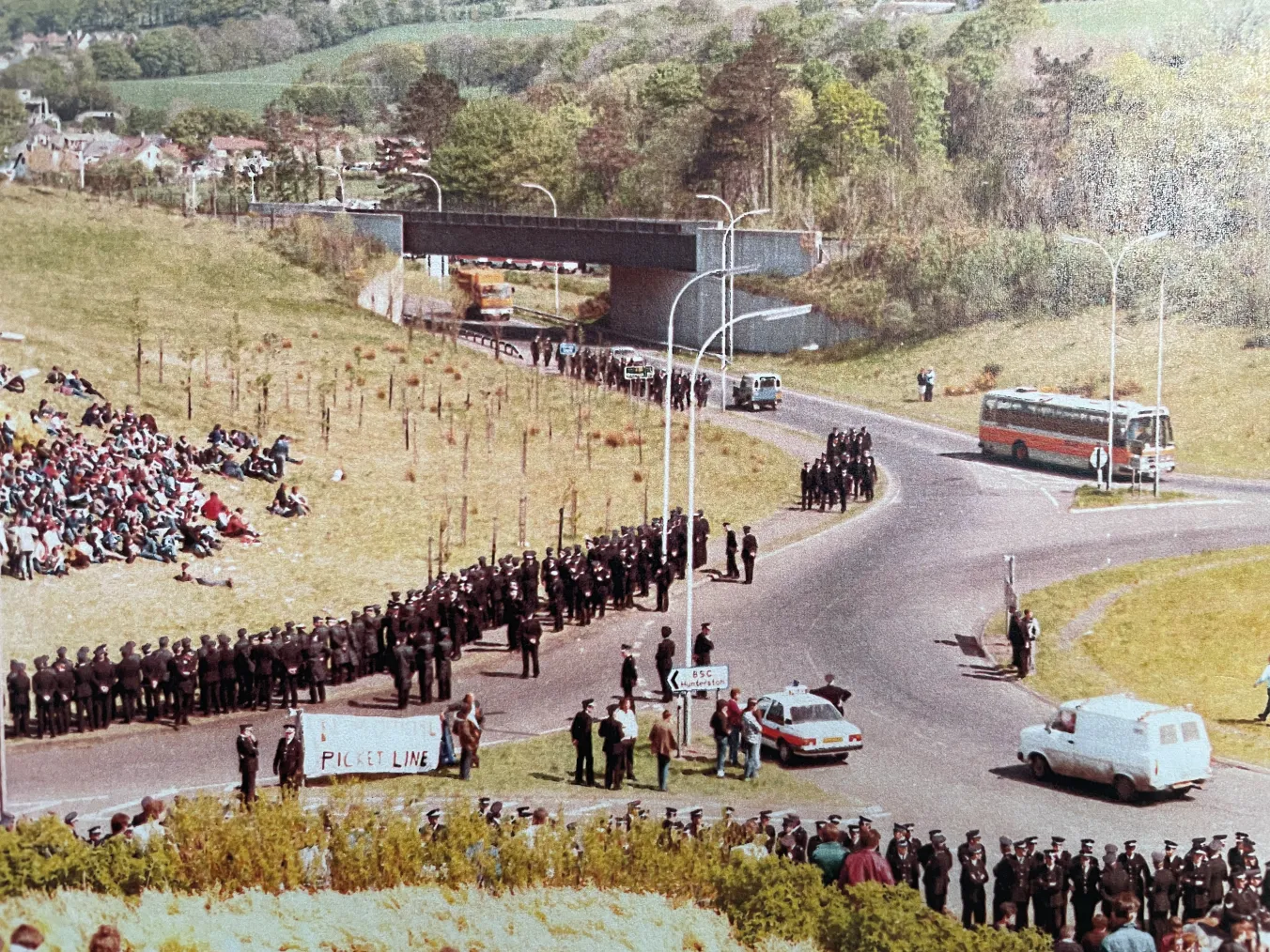
I REMEMBER the sunshine blazing in our living room window in Stanley Road, Saltcoats, as my dad came home from work and plonked himself down on his seat. My sister and I would usually try to climb onto his lap.
It could have been any day really, but this one sticks in the memory. The television was switched on for the news and we watched images of miners apparently attacking police in what looked like open warfare. I watched it, transfixed. When the scenes ended and the news returned to the studio, my dad said something that still rings in my ears: “Do you believe what you just saw? Don’t. Don’t believe it. Don’t believe the state news.”
It stuck for years in part because at the time I didn’t really understand it, and partly because he wasn’t in the habit of being in that sort of mood when he got home.
